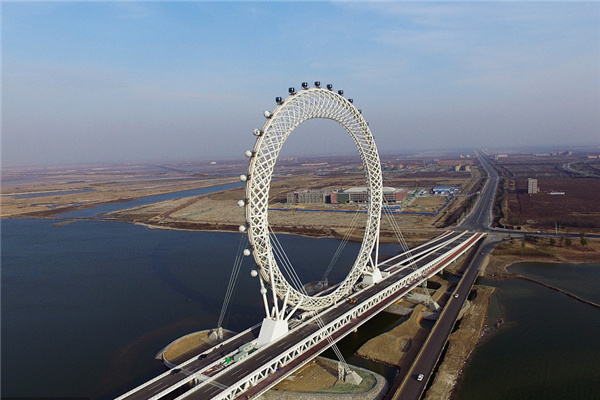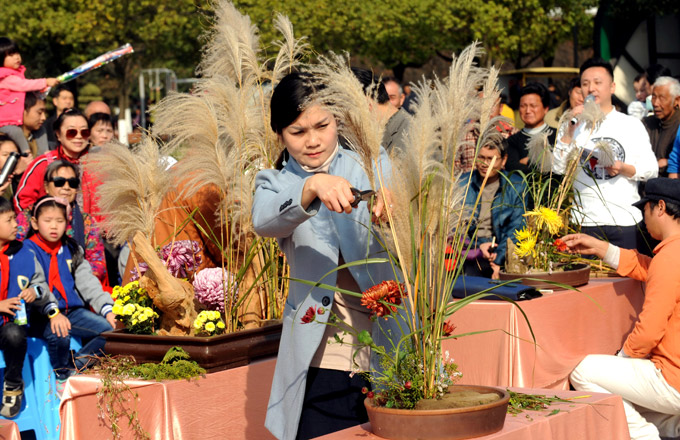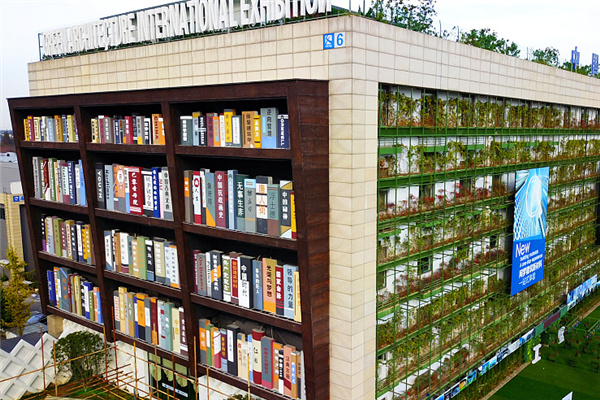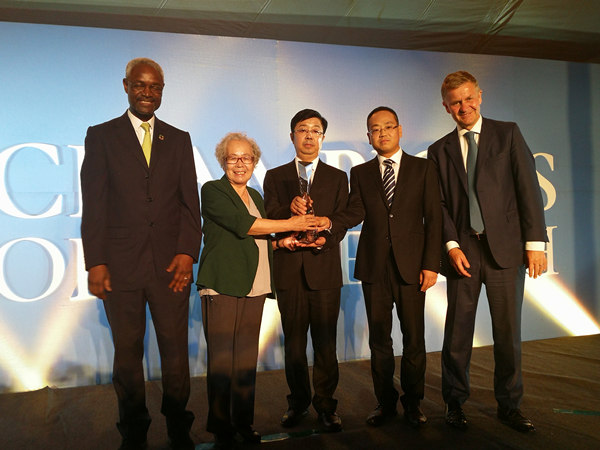

Reserve ratio hike
The central bank said last Tuesday that it would raise the reserve requirement ratio, or proportion of funds lenders must hold in reserve, by 0.5 percentage points in order to mop up liquidity and anchor prices.
Effective March 25, the upward revision - the second this year - will push the ratio to 15.5 percent, the People's Bank of China said on its website.
The country is facing serious inflationary pressure and analysts said keeping liquidity under control is one option to tame rising prices.
The central bank move is not surprising, and more such moves may be announced this year, analysts say.
City housing prices rising
Housing prices in major cities increased 10.9 percent year-on-year in February, official figures showed.
Despite talk of a slowdown in the property sector, home prices have continued to rise in the past month, up 0.2 percent in January, according to the National Development and Reform Commission, which tracks housing prices in 70 large- and medium-sized cities.
New apartment prices last month rose 11.8 percent year-on-year, but the growth rate dropped 0.4 percentage points from a month earlier.
Second-tier cities such as Urumqi in Xinjiang, Ningbo in Zhejiang and Haikou in Hainan led the price rise, up 24.2 percent, 18.3 percent and 18.9 percent.
Wholesale price index up
Chinese corporate goods price index, also called the wholesale price index, rose 9.2 percent year-on-year in February, or 1.1 percent month-on-month, the central bank said last Monday.
Farm produce and mineral products were priced 13.4 percent and 20.7 percent respectively, higher than the year-earlier level.
Prices of coal, oil and electricity went up 14.1 percent on average from a year earlier and 0.6 percent from a month earlier.
Prices of edible oil and processed meat products rose 44.2 percent and 58.9 percent respectively over the same month last year.
Renewable energy focus
Renewable energy is expected to make up 10 percent of the country's energy mix by 2010, up 2.5 percentage points from the current level, the National Development and Reform Commission said last Tuesday.
The announcement, part of the national renewable energy program for 2006 to 2010, came with concerns that the country's total energy consumption will in two years surpass the equivalent of a targeted 3 billion tons of coal at the current pace of economic development.
"China is rich in renewable resources but we need sophisticated technologies," the commission said in the program report.
The commission said the country will continue to tap its rich store of hydropower, which will reach 190 million kw by 2010, up from 117 million kw in 2005. Similarly, wind farms will generate 10 million kw by 2010.
Sino-Peruvian agreement
China and Peru last Wednesday inked nine documents intended to boost bilateral cooperation during Peruvian President Alan Garcia's trip to Beijing.
The documents, which cover various fields, including energy, mineral exploitation and export quarantine, were signed after President Hu Jintao's meeting with his Peruvian counterpart.
Hu said there was "good momentum" in China-Peru relations and called for the two sides to deepen communication.
(China Daily 03/24/2008 page2)













